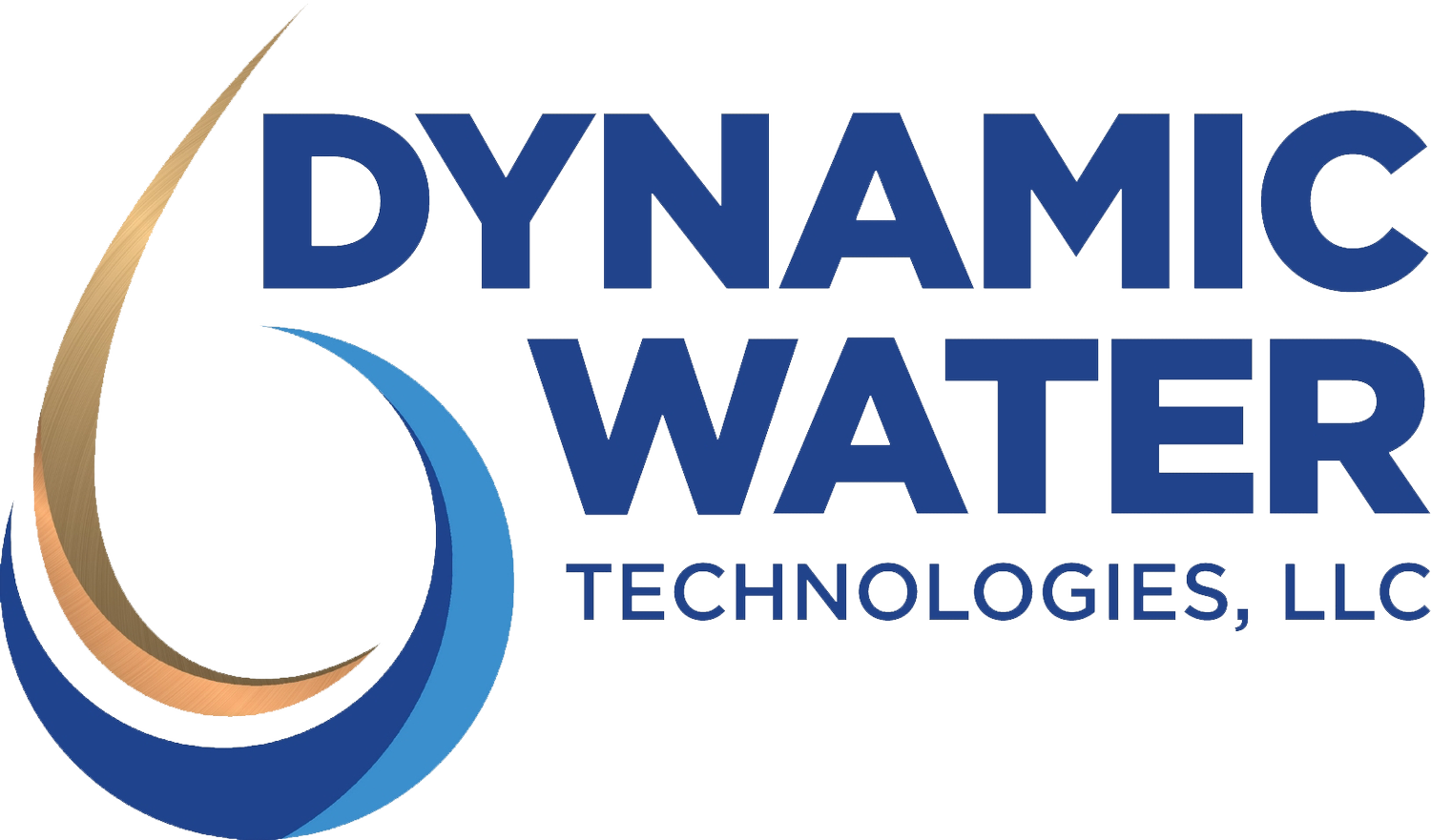Are Chemicals for Cooling Water Treatment Best?
Cooling Tower Water Treatment
Chemical water treatment has been the industry standard since the dawn of water treatment for processes. It is how new facilities engineers are trained, and has remained the most prevalent method in controlling scale, corrosion, and bio-contamination in process water. Chlorine or bromine is used as a biocide, but can cause corrosion if not closely monitored.
The biocide is only effective in certain pHs, and must be balanced using acids and bases. In order to maintain the water balance once it is achieved, buffers and scale inhibitors must be added to control scale and corrosion. These are hazardous chemicals which must be brought onto the site via trucks or trains. This leads to potential spills and hazardous exposure to clients and employees who must traverse the facility.
Many of the chemicals can cause illness or even death.
Furthermore, the effectiveness of these chemicals are only realized if the facility is meticulously maintained and monitored. In the thousands of systems that Dynamic Water Technologies has inspected, the vast majority of them are derelict and neglect, full of scale, algae, and/or corrosion. The most appalling part is the report that is read from the contractors who treat the site, stating the systems are “under control” and “at an acceptable state.” It is terrifying that it remains the acceptable norm to have scale, corrosion, and any biomass present within the basin, especially with the probability of having a legionella outbreak, which can cause death.
In most scenarios, it does not lie in the fault of facility management. In order to have successful water treatment, constant monitoring and adjustments are needed to be made to the water chemistry to remain balanced. Unfortunately, facility engineers are much too occupied to make water technology their full time project. They have, in essence, been set up to fail. We at Dynamic Water Technologies do not accept this to be the industry standard, and are setting out to change what is the ‘norm’ in terms of process water treatment.
A Newer, Better Alternative - The UET Reactor
There have been many alternative chemical treatments, without the need to add supplemental chemicals. However, few can maintain their efficacy over a large variety of makeup water composition and conditions. Many of these technologies are confined to certain makeup water compositions, operating conditions, or process conditions. It compounds the problem when makeup water from cities have a tendency to change in composition daily. This makes treatment (chemical and alternative) incredibly difficult without real time constant monitoring and adjustments.
Water treatment must be fluid and reactive, able to respond in an instant to bring the water back to thermodynamic equilibrium. The UET reactor is able to account for all of these variables, and adjust accordingly due to its super-brain technology. The UET reactor takes the human error out of chemical treatment, and automates everything to perfection. The real time monitoring system will send notifications to necessary personnel to inform them of any errors, and the facilities or Dynamic Water can formulate a response in real-time. This relieves a lot of the pressure which was originally placed upon facilities engineers to maintain and service cooling towers with inadequate tools.
Dynamic Water Technologies
Now, they can do everything remotely and can rest easy with the knowledge that the cooling tower is being monitored in the back of their mind. There is no longer a need to pay for contractors or barrels of hazardous chemicals to be brought on site. Everything needed is generated within the UET reactor, which is small, compact, and can be retrofitted into almost any system. Technology, in regards to water treatment, has advanced, and we at Dynamic Water Technologies wishes to make a revolution within the industry. Technology always wins in the end. Now it is a good time to take a closer look at your cooling tower needs and consider an alternative to chemical treatment.

